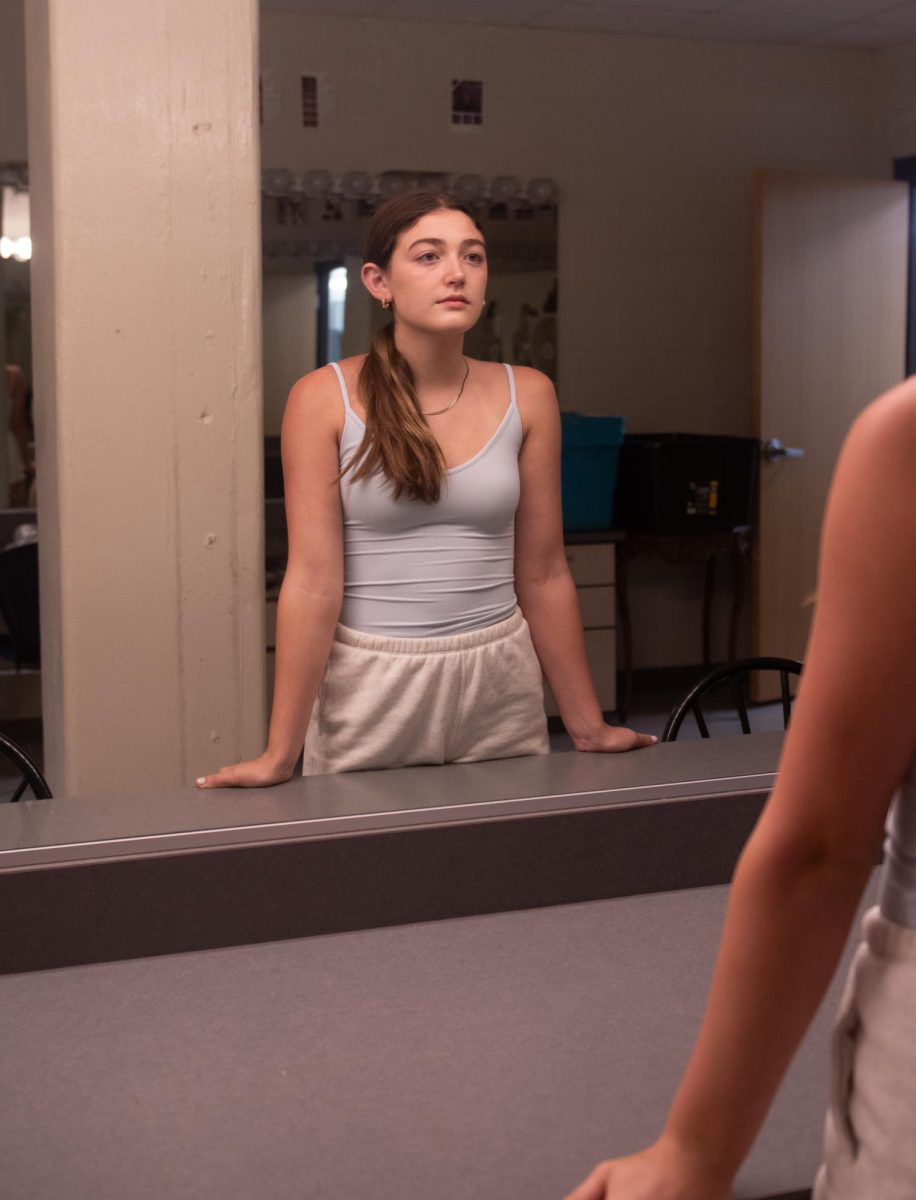Math has been known to be an independent subject. Students learn, work, and think by themselves. It’s all based on what you can do. Right?
Not anymore. At Shawnee Mission Northwest, the math teachers are following the CPM educational program curriculum. It’s collaborative learning. Students o2learn as a collective, work, and even sometimes in tests, depending on the teachers.
A new curriculum, which was implemented by Shawnee Mission School District this year, follows the CPM educational program. According to its website, CPM is a research-based system that emphasizes collaborative learning. Classes following this program are Integrated Algebra 1, Integrated Algebra 2, and Algebra 2, meaning that they focus on collaborative learning, and depending on the teacher, steer away from administering individual tests, quizzes and assignments. Instead, they have their students work in groups of 2-4.
Next year, all math teachers will be obligated by the district to put this into practice.
So what’s the problem?
It’s awful. And though teachers say test scores are rising, according to students we’ve talked to, it’s mainly because their peers are copying.
Not only that, but this has a direct negative effect on students who work better independently. Students Having to wait while others figure out a problem they already got the answer to 10 minutes ago is counterproductive. It would benefit kids who sit on their phones the whole class doing nothing. Students could definitely help their peers, but at the same time when their peers repetitively ask them what they’re doing after it was explained is quite annoying.
However, it’s not helpful for the students who have to let lazy classmates copy off their paper because it’s a group turn-in — they have to let them copy. Meaning, they are a group, they work as a group and they turn in as a group. And if one person in that group isn’t working, it makes finishing harder to do. In the long run, it’s easier to just let them copy.
Even tests are a group thing.
There are many incidents where students will lack in the classroom by sitting on their phones, or asking what they’re supposed to do after the teacher gives instructions, simply because they aren’t listening. This ties into students being annoyed with others copying their paper more than usual, and having one-sided group work, where only one student is doing something. Overall, it encourages cheating and copying their peers’ papers.
But if the class is working as a team, it could also be beneficial.
Many teachers feel it’s helpful because they like seeing their students thrive in helping each other as a team. It can be easier for students who have a hard time working alone, and it gives them an opportunity to get help from their peers, and working with their peers enables more social interactions. It’s also useful for teachers, mainly because they get to see students socialize more, and learn from and with each other, versus mMathultiple students coming to the teacher about the same thing.
But overall, this is not a long-term solution. It could be trial and error, but students will not know what they’re doing if they continue copying their peers’ papers. This program is encouraging students to copy more than ever.




